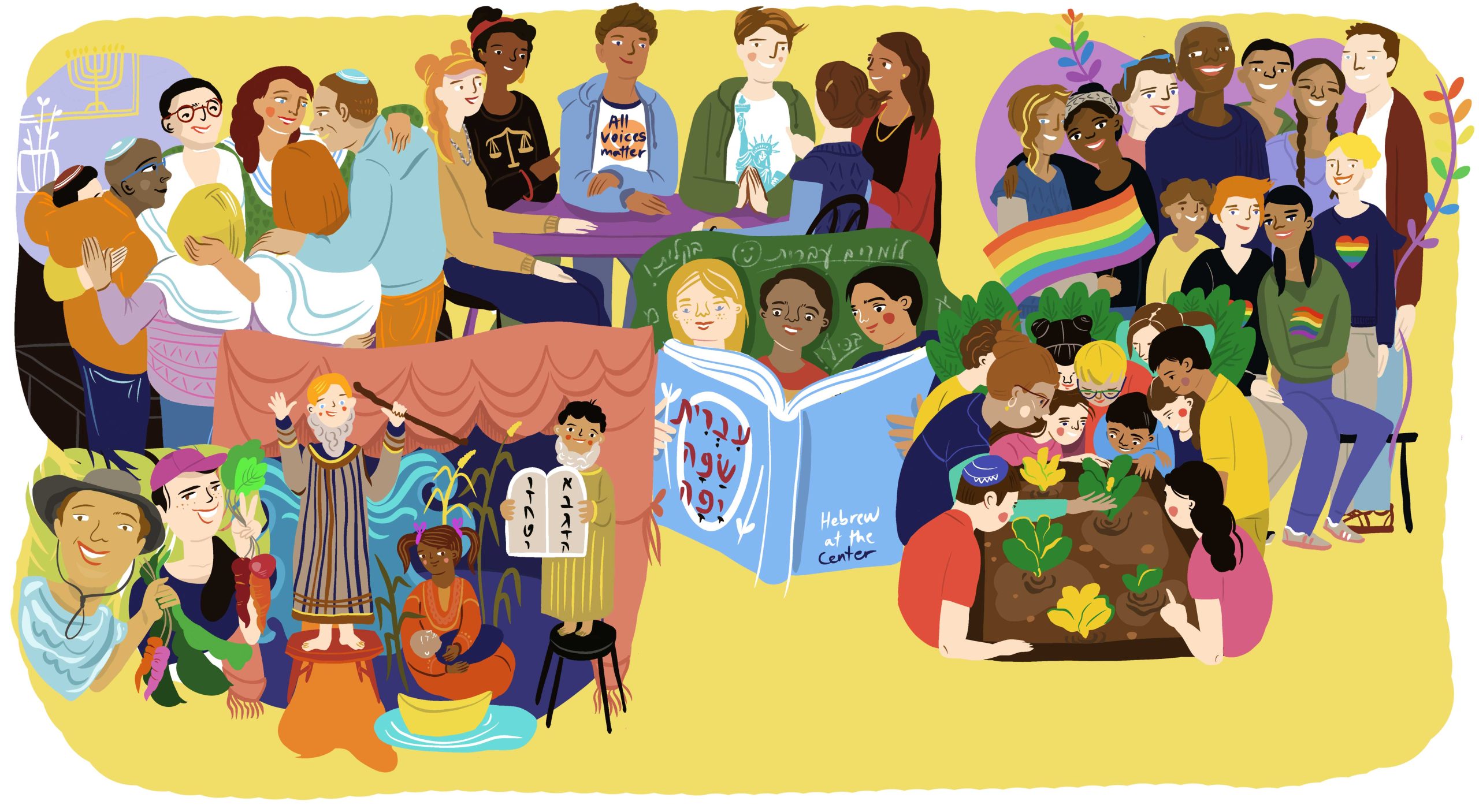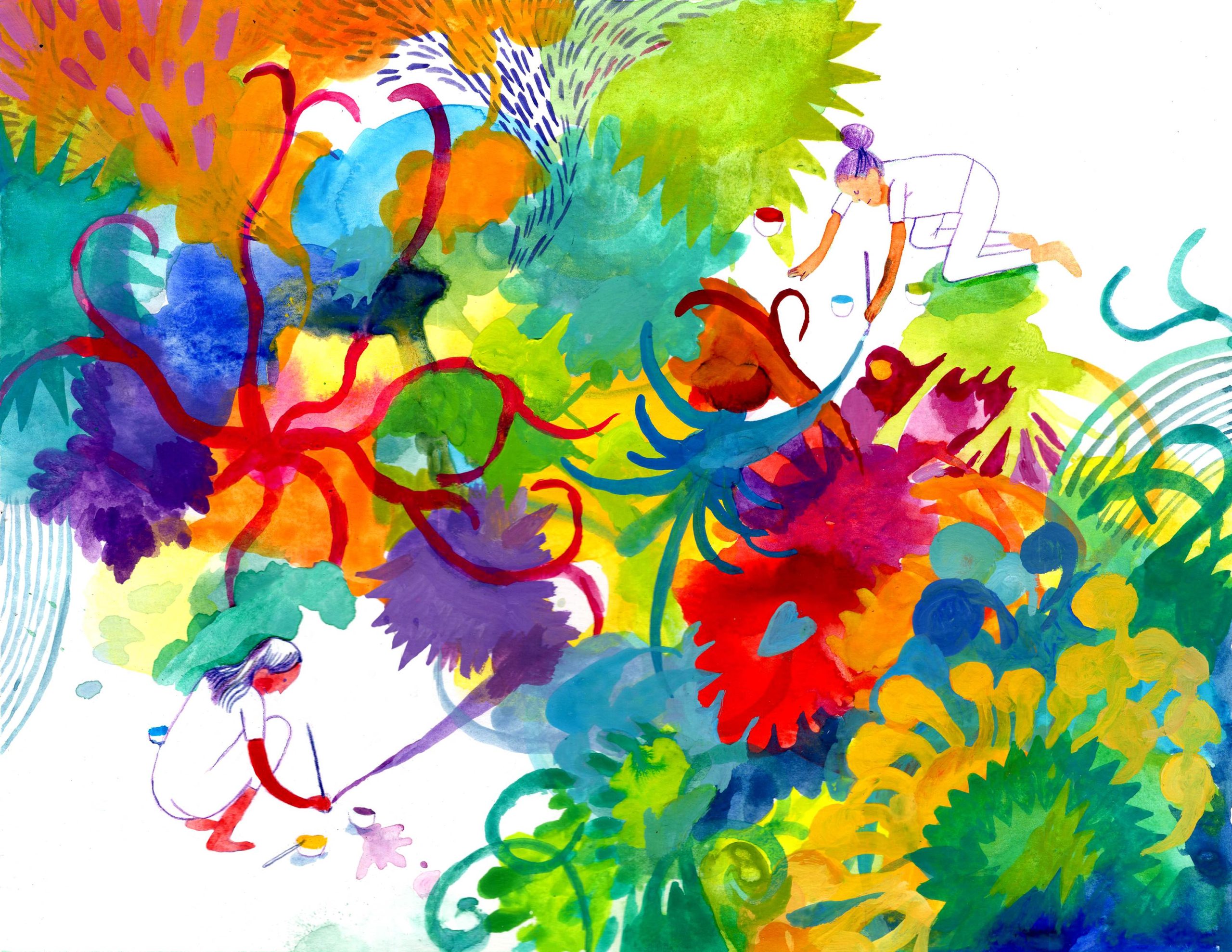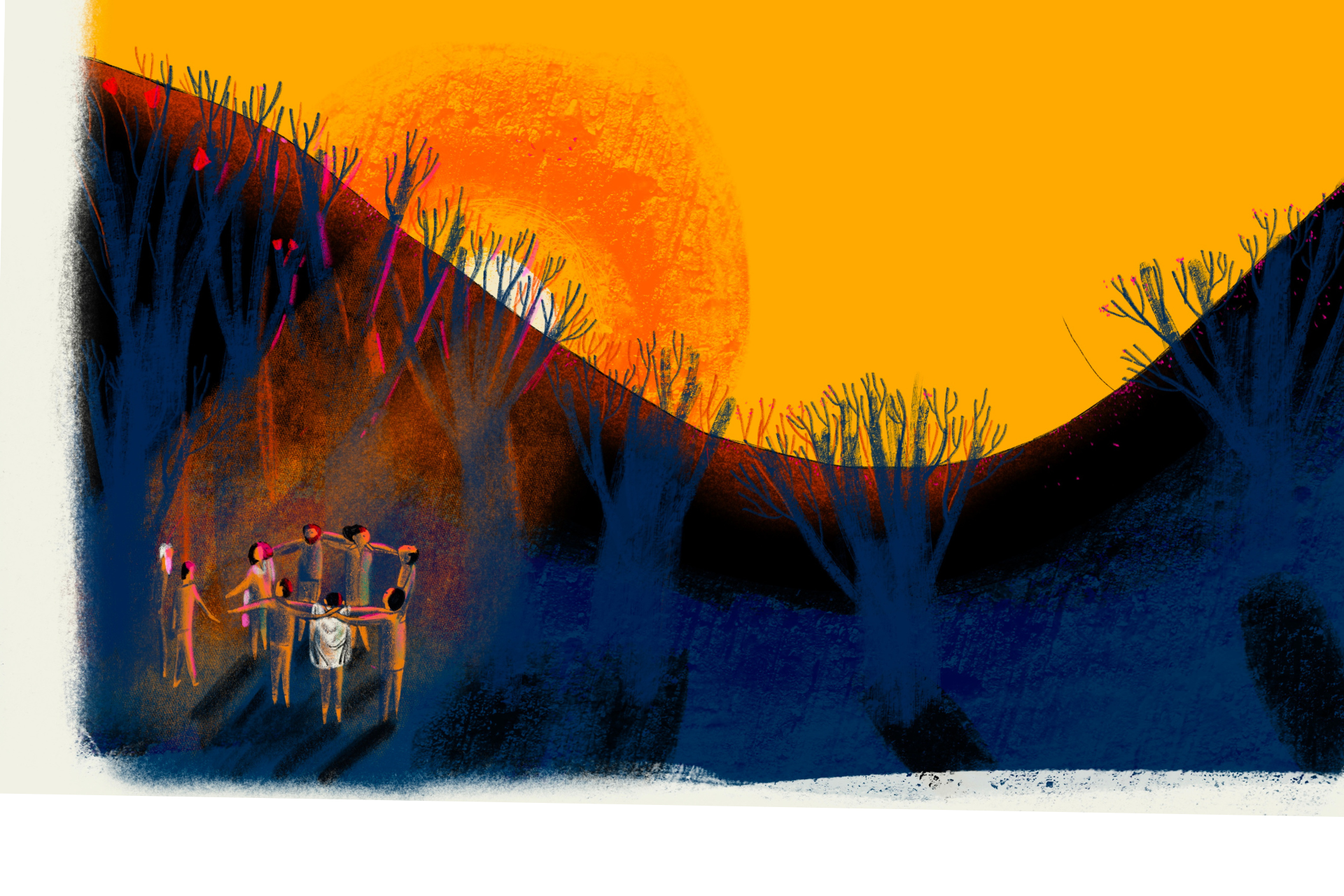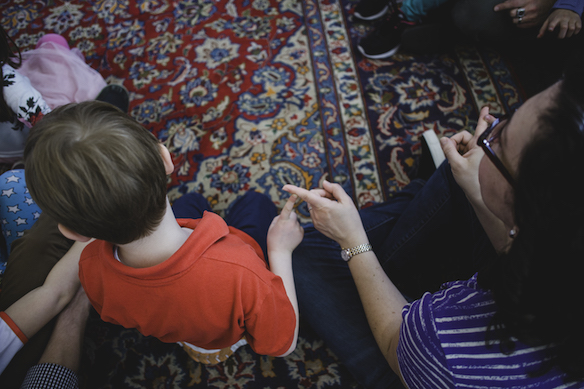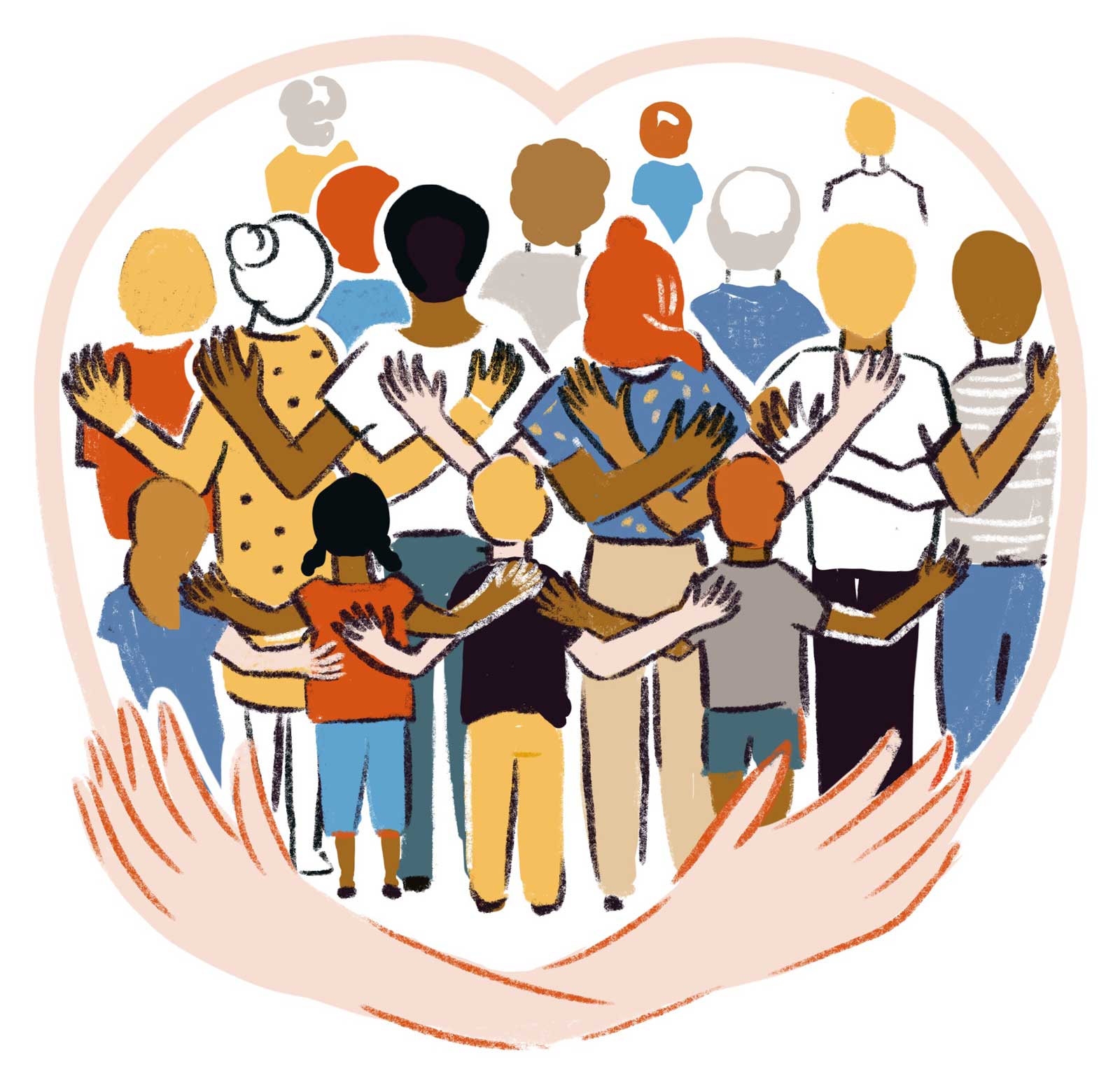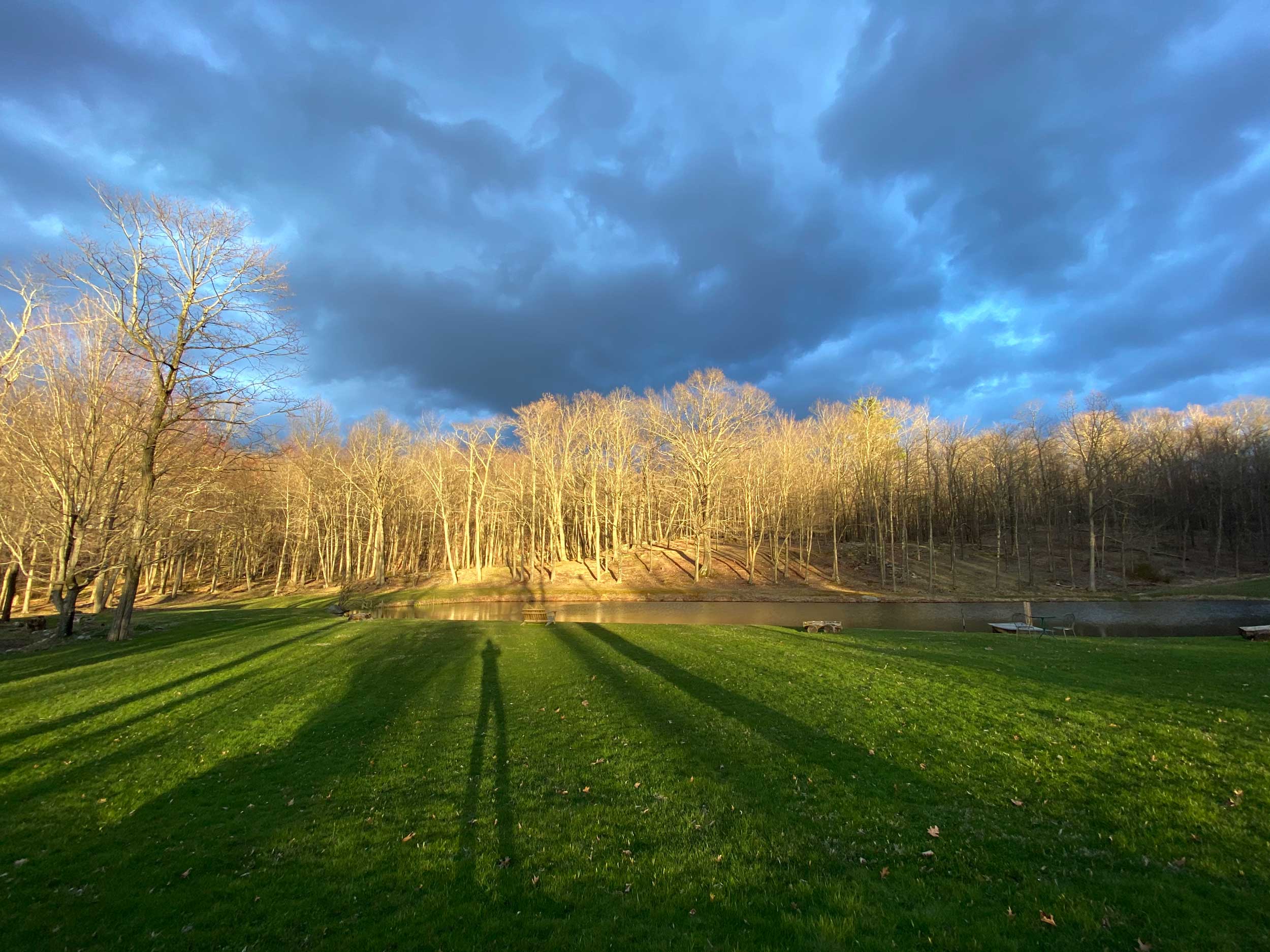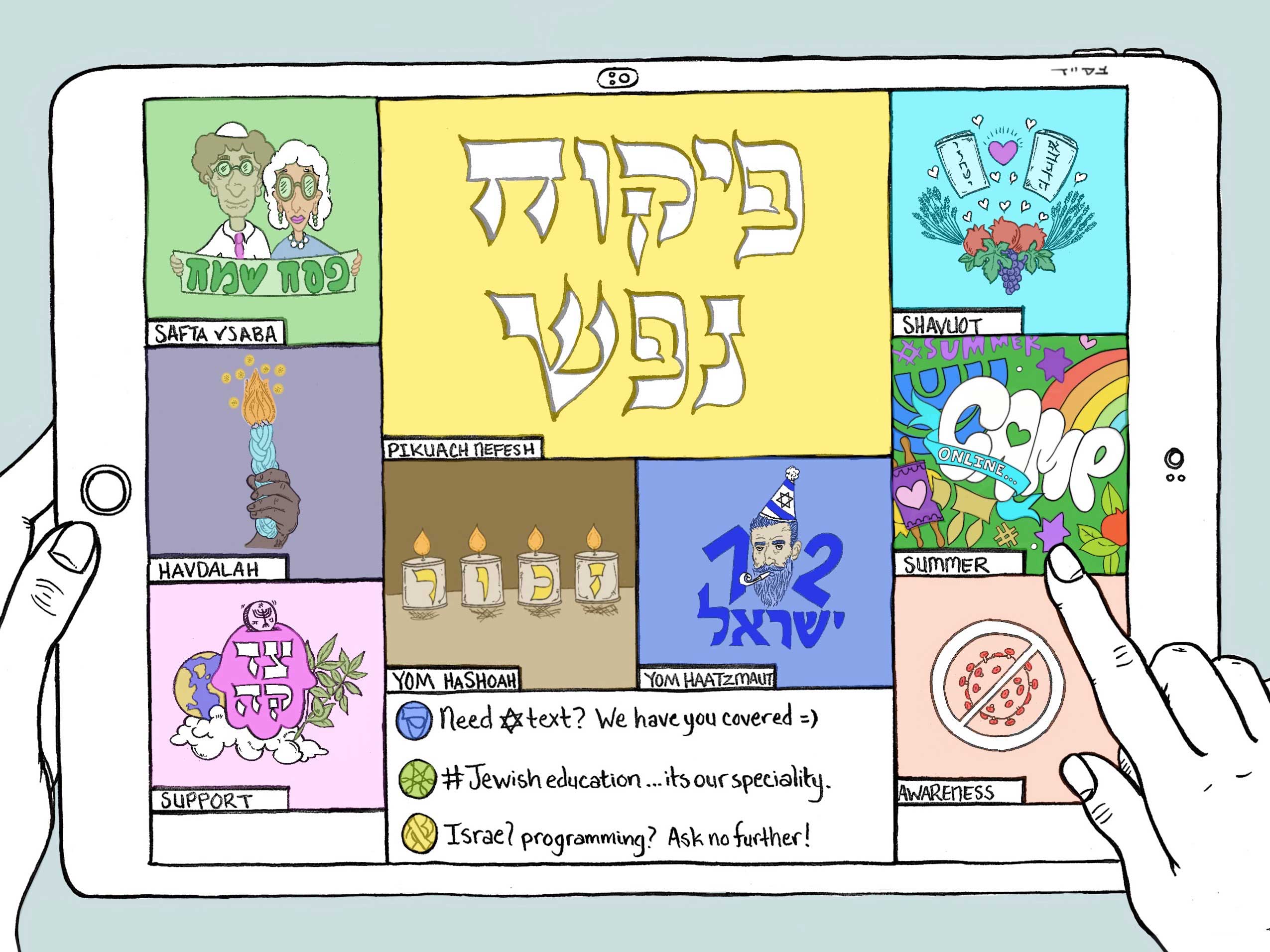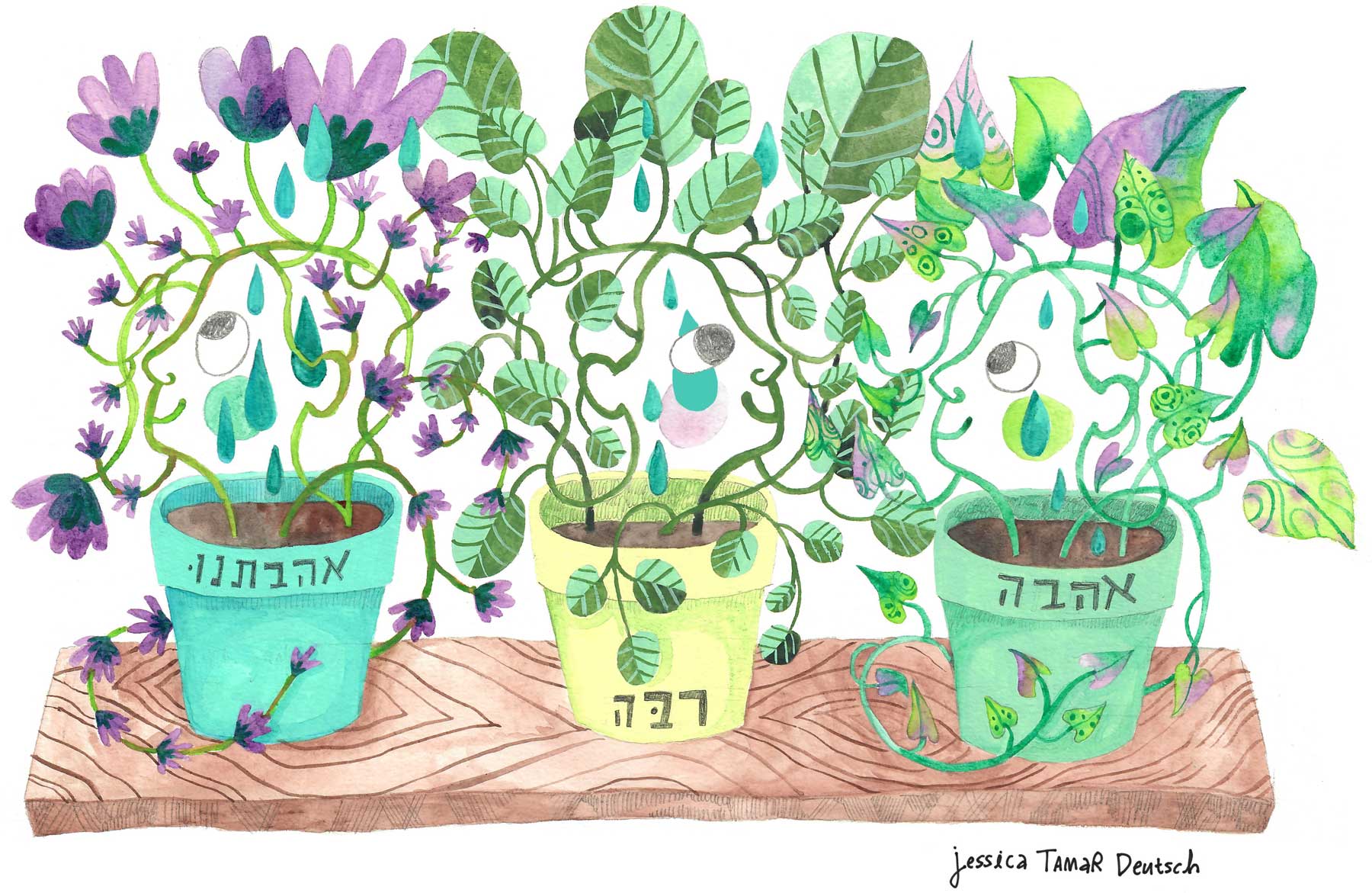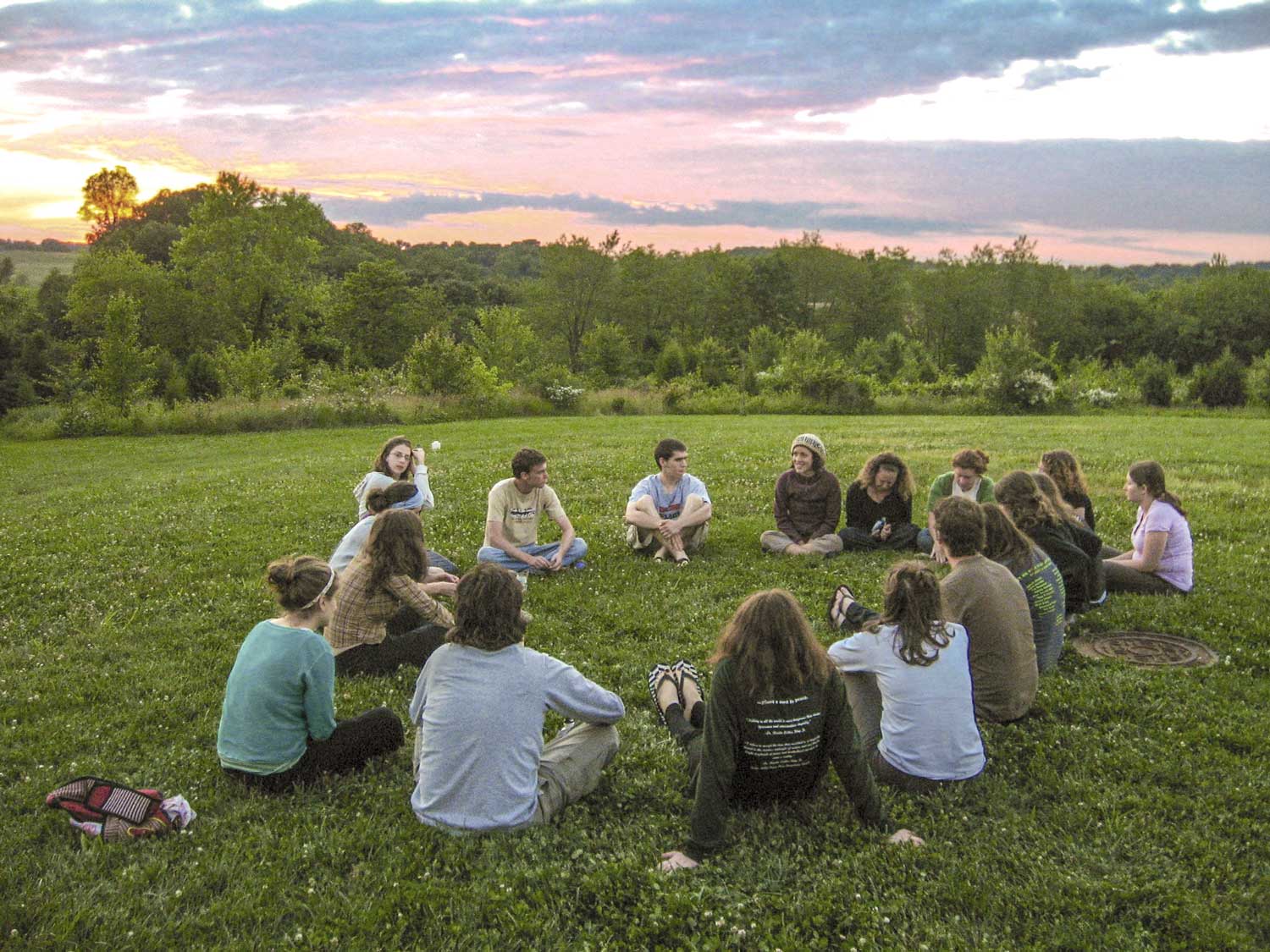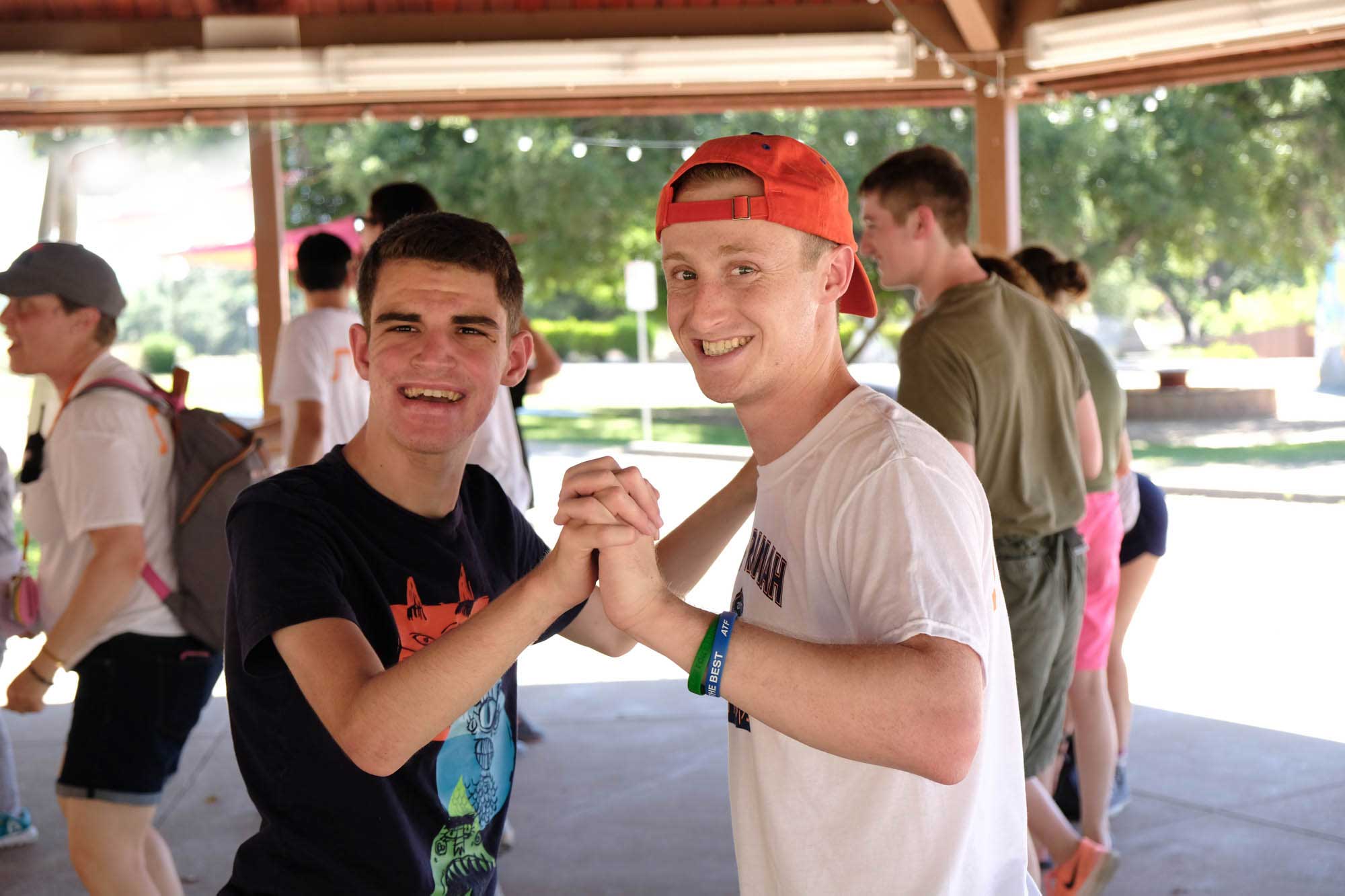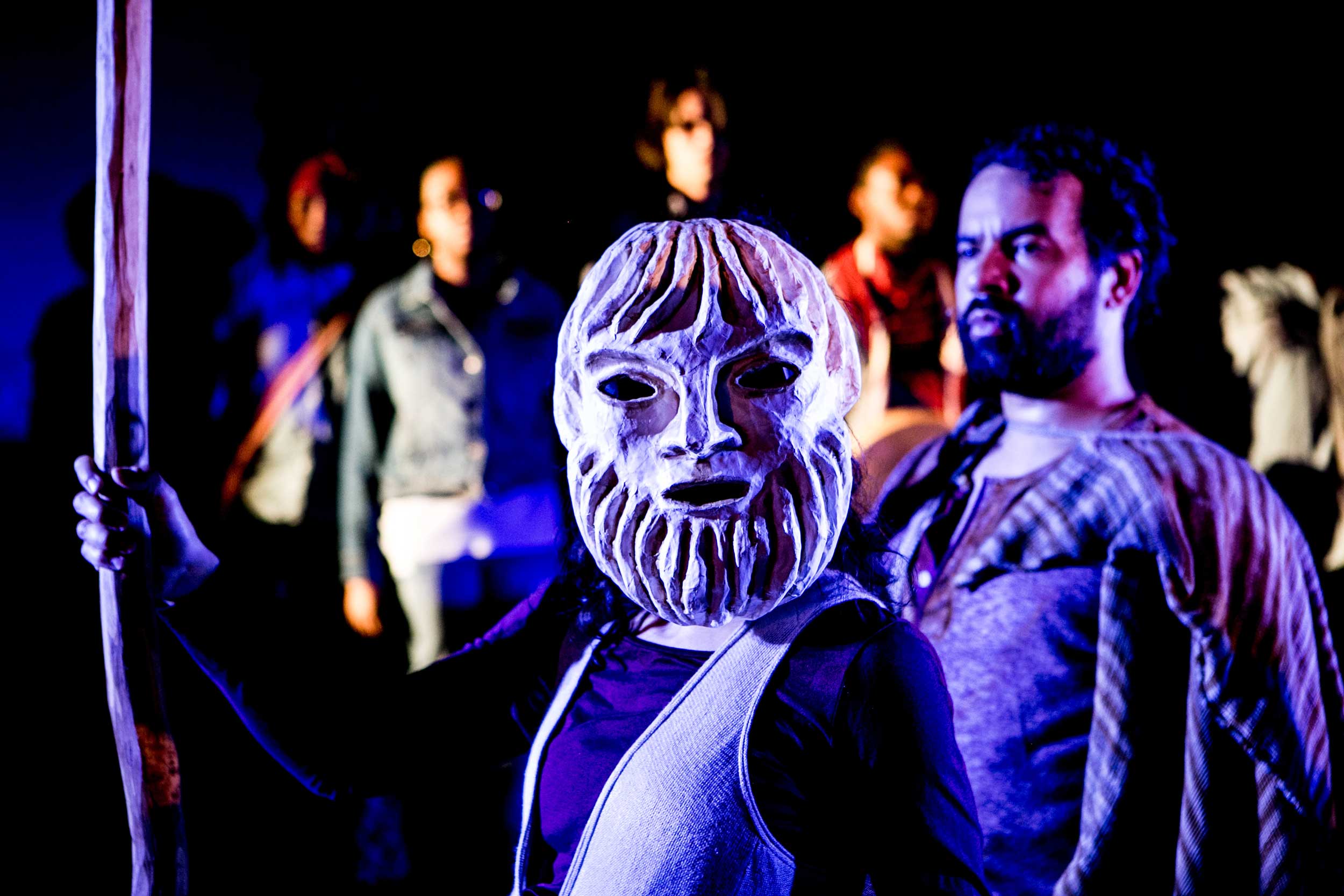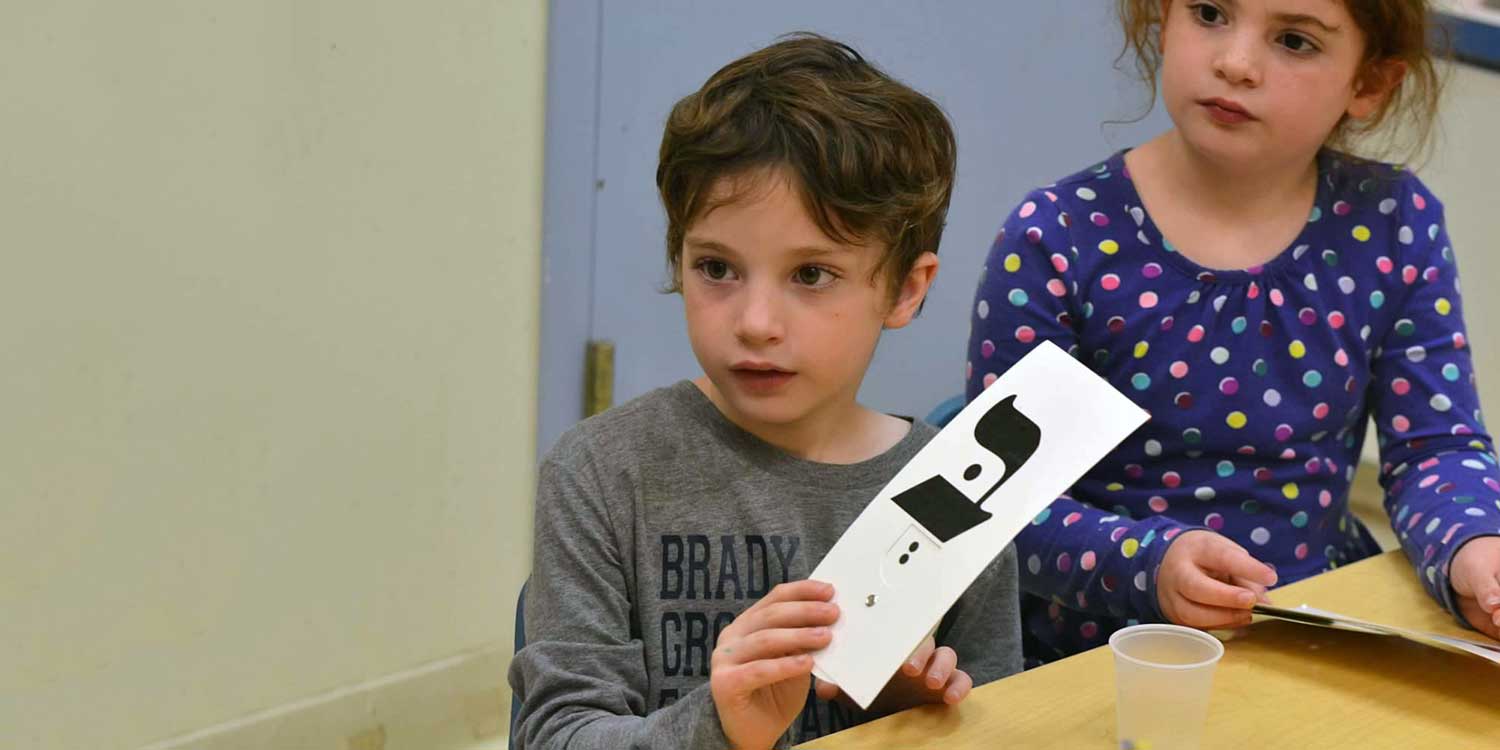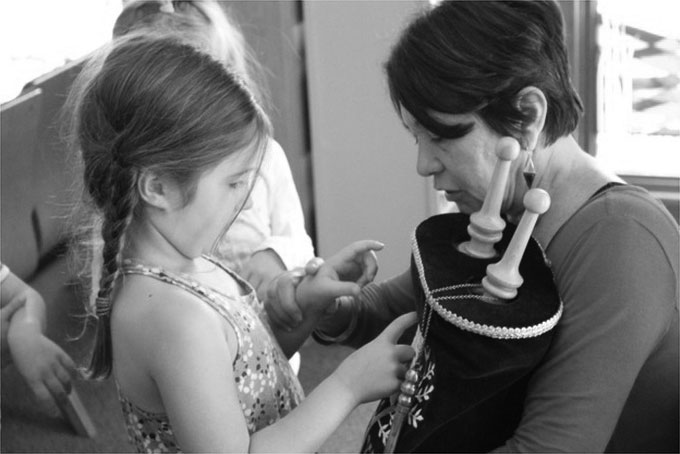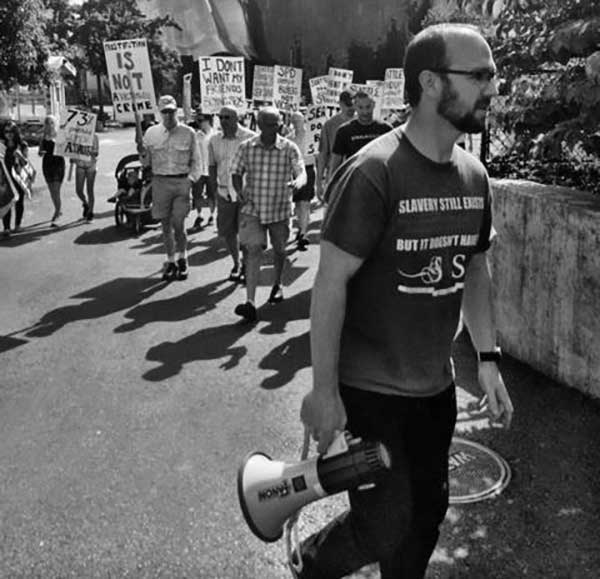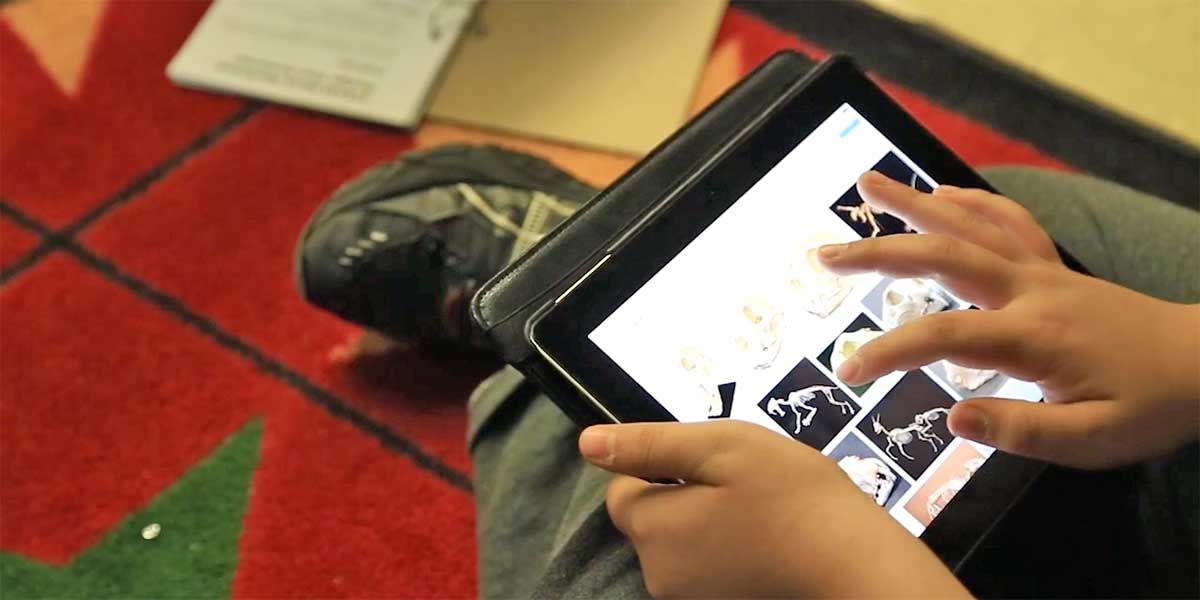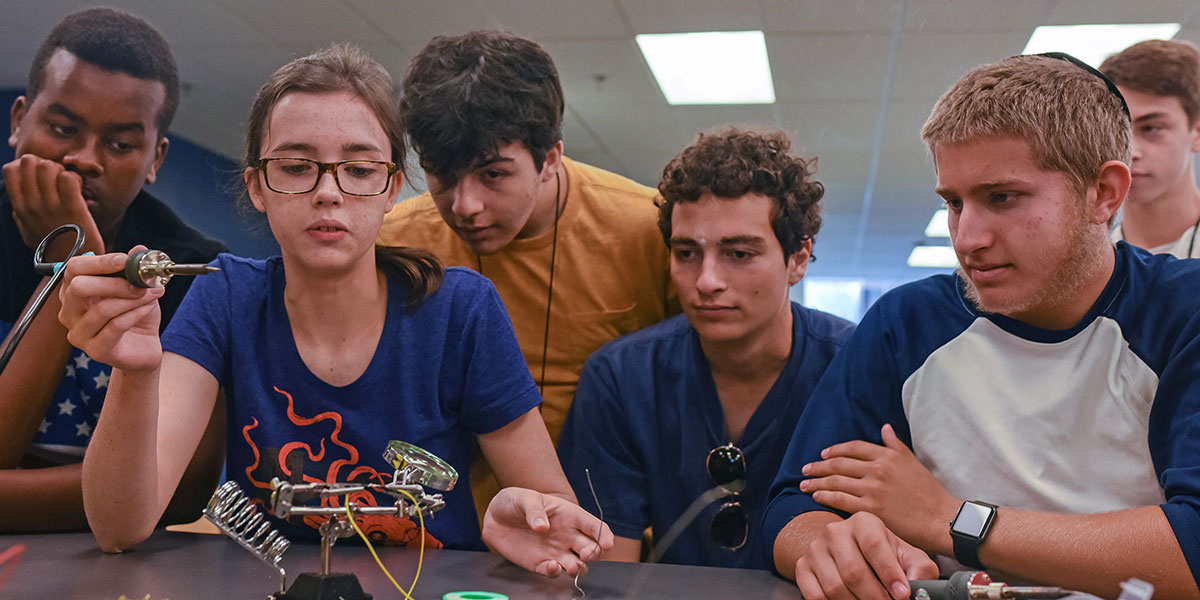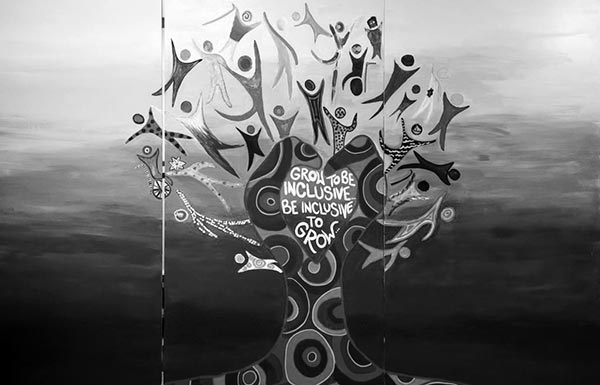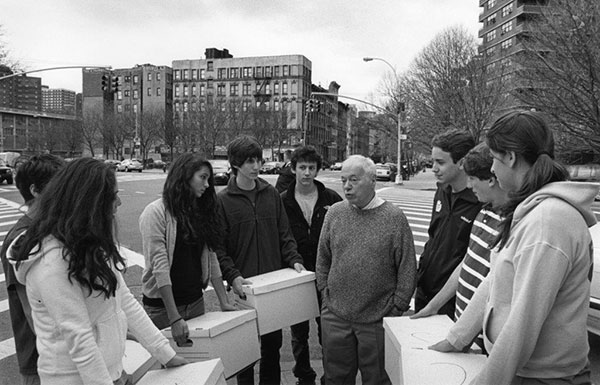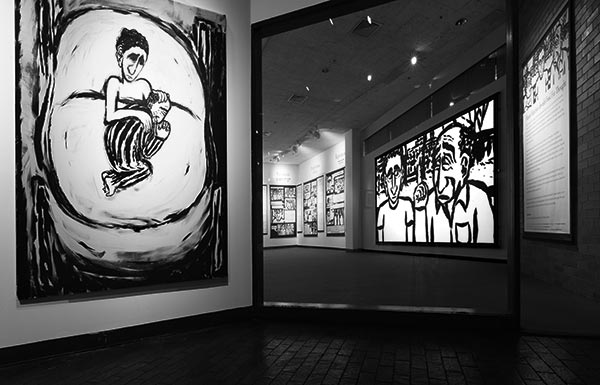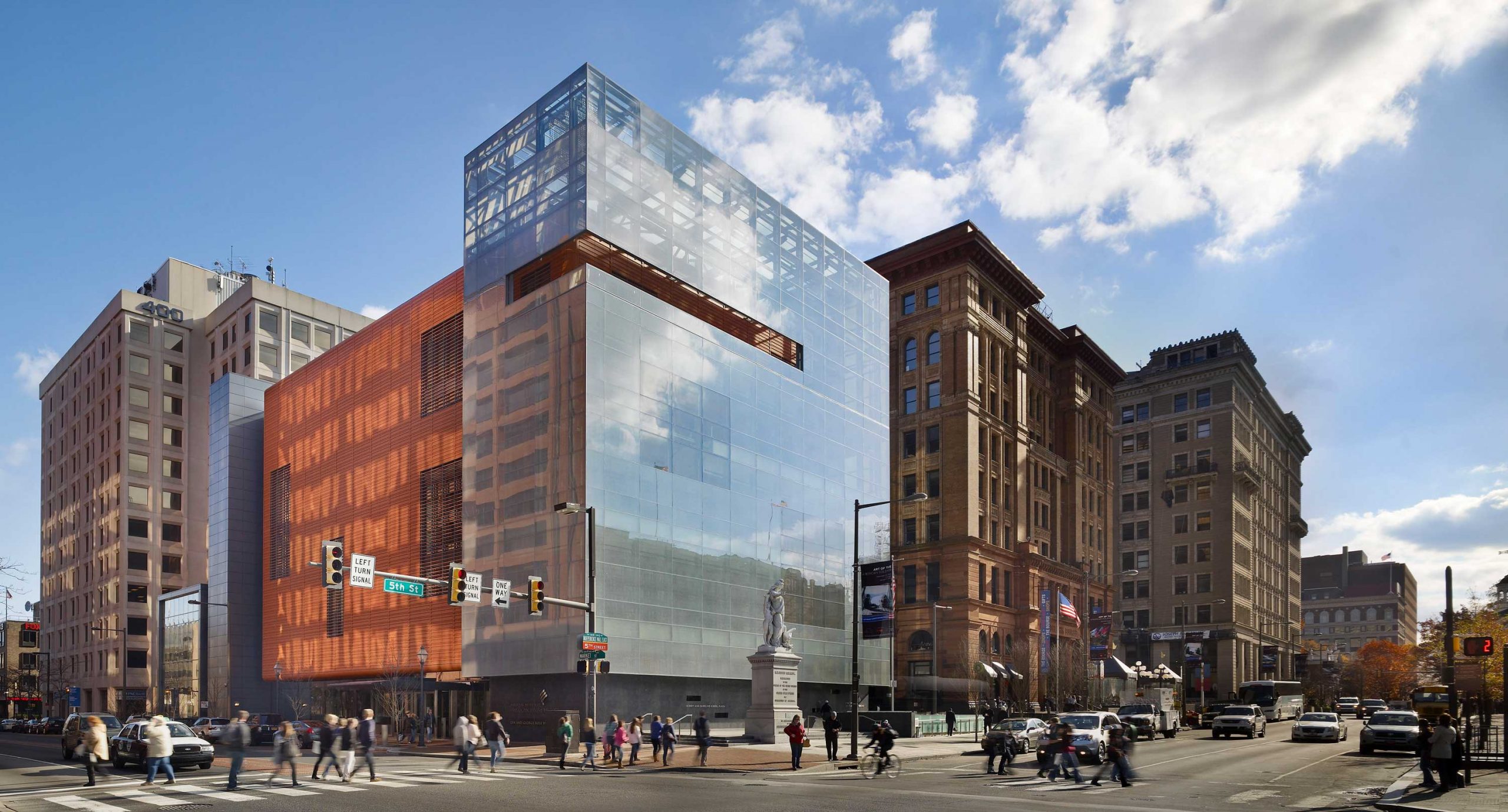
ARTICLE Teaching, Interpreting, and Inspiring Dialogue about the American Jewish Experience, at the National Museum of American Jewish History
Artifacts offer links to the past, evidence of history, and hints of the humans to whom they belonged. They also open new possibilities in the present.
Through the careful consideration of objects, we are admitted to stories; through stories, we encounter other people. And each encounter represents a chance to form a meaningful connection, to think critically and care deeply. In learning about the American Jewish experience, this connection has the potential to feel personal and to spark students’ curiosity about the legacies they may choose to carry.
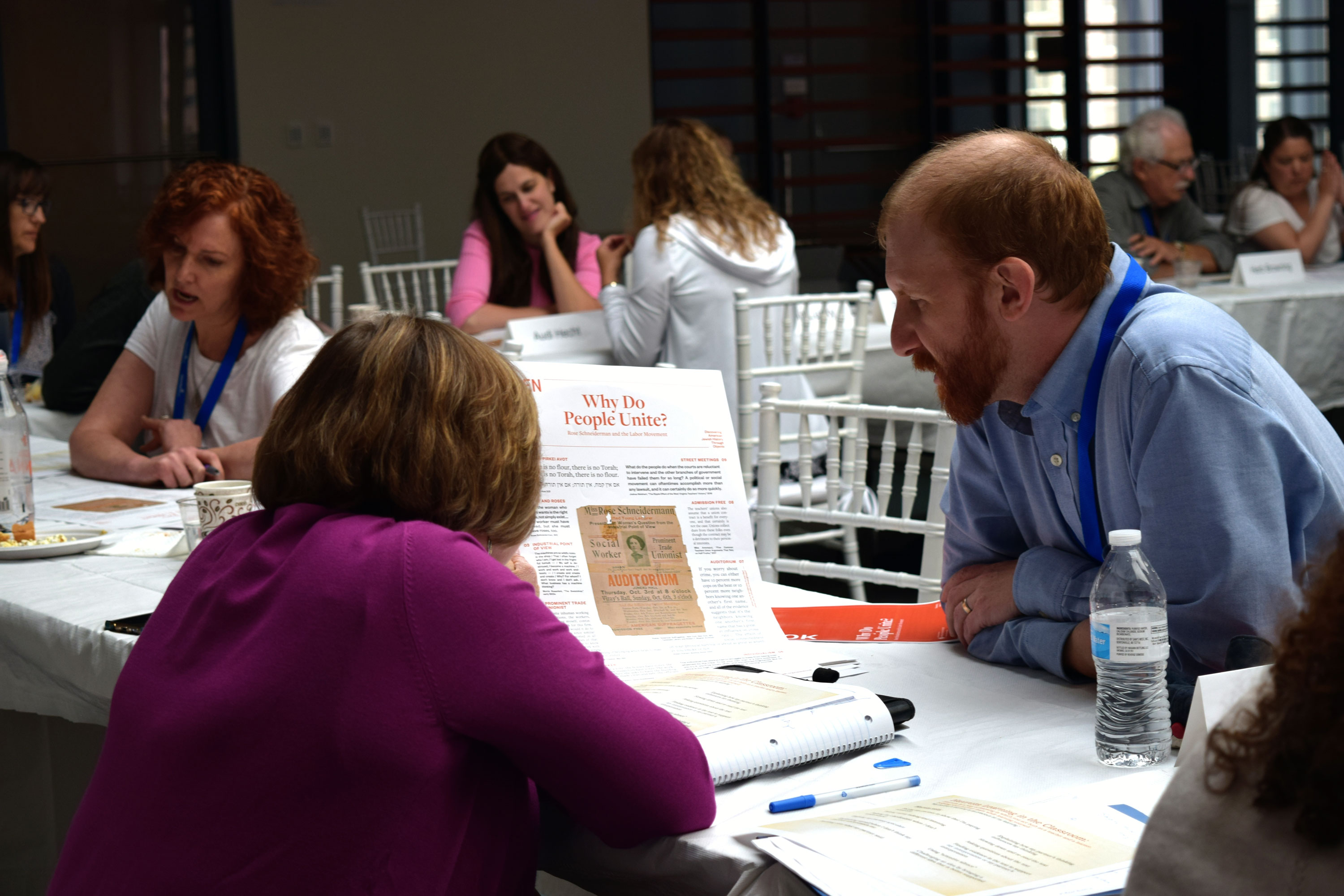
NEI attendees at the Summer 2019 conference.
Recognizing the high impact and efficacy of object-learning, the National Museum of American Jewish History (NMAJH) in Philadelphia offers ways for Jewish educators to discover the pedagogical value of objects, cultivate opportunities to implement techniques, and feel empowered to conduct object-learning in their own classrooms. The museum offers a number of programs and resources, including specific lesson plans that draw on NMAJH’s collection, student activities and resources, and teacher trainings.
And NMAJH’s National Educators Institute (NEI), founded in 2016, is its professional development program through which Jewish educators can learn how to integrate new pedagogies and guide their students to practice a caring approach.
The NEI’s centerpiece program—supported by The Covenant Foundation—is its annual, four-day seminar that brings educators to Philadelphia for talks, workshops, onsite museum learning, and access to experts. (In addition to the onsite NEI, NMAJH educators travel to two communities each year to provide day-long professional development seminars.) NEI activities include group workshops, panels, customized work sessions, and small discussion groups—ensuring that educators have what they need to absorb content and build a teaching community.
One of the annual seminar’s key features is its embrace of different Jewish educational models. Jewish day school teachers as well as congregational school teachers (whose students are grades 5-12) are welcome to participate. To address the differences between Jewish day school and supplementary Jewish educational settings, the NEI presents two tailored tracks. However, even more importantly, the museum becomes a place for these educators of different pedagogical and teaching backgrounds, from across the U.S., to gather and learn together.
“[NMAJH] is a leading institution creatively teaching, interpreting, and inspiring dialogue about the American Jewish experience,” explains Dr. Josh Perelman, NMAJH’s chief curator and director of exhibitions and interpretation. “The museum is dedicated to bringing educational lessons based on its collection and content to classrooms across the country.”

NEI attendees at the Summer 2019 Conference.
The NEI’s national focus is consistent with the museum’s mission to preserve, explore, and celebrate the history of Jews in America. In its teacher trainings, the museum’s goal is to represent a more complete and nuanced history that extends beyond common portrayals in typical places. This representation of Jewish life includes stories from diverse places in the U.S. as well as pointing out when Jewish history is interwoven with well-known American narratives.
One of the ways that the museum inspires pride in Jewish students—and curiosity in students of all backgrounds—is to reveal Jewish presence and participation in significant moments in American history. In turn, the NEI focuses on preparing educators to develop effective pedagogical approaches to histories that are at once important and complex.
The NEI is open to educators who teach Jewish and general history as well as those who teach language arts, social studies, art, theater, and music. Across different subject areas, the NEI seeks to empower teachers to help students develop their interpretive skills, social-emotional skills, and sense of pride and connection. In the process, the hope is that museum resources and collection items will be meaningfully, substantively introduced—enhancing students’ research skills and facilities with different sources, and enriching classroom conversations.
The summer 2019 NEI seminar on The Art and Science of Teaching Jewish History in America, for example, featured sessions covering a wide sweep of topics. These included how to present “current issues” to students; recognizing core themes—and challenges—in American Jewish history; and teaching around tensions in American Jewish history (with the Civil War as a case study subject). The seminar also featured an opportunity to interact with NMAJH’s online collection—familiarizing teachers with how they might use museum online resource in their classrooms—and Ronit Lusky’s workshop on “reading” objects. The object-learning workshop took as its central question: “How do we ‘read’ objects and construct meaning built around an approach of close observations, thoughtful interpretations, adventurous questioning, relationship-building, and rich conversations with peers?” As a way to begin answering this question, NMAJH offers an even more robust resource: its free, downloadable classroom curriculum.
OpenBook: Discovering American Jewish History Through Objects (available online at info.nmajh.org/openbook) is a national curriculum to teach American Jewish history through objects and hevruta, or partner learning. It was created to facilitate object-based teaching, thoughtful interpretation, and open dialogue. In addition to its use of hevruta learning, OpenBook exercises Jewish practices of interpretation, providing sample “Talmud” pages in which the visual immediately communicates the method—placing the central text or object in the center, with interpretive and contextual work around its perimeter. The OpenBook Talmud pages explore ways of knowing, teaching, and learning. At the 2019 NEI seminar, these ways coalesced around four important topics: “What Does Religious Liberty Look Like?”; “American Responses to the Holocaust”; “Jews and the Civil Rights Movement”; and “What is the Power of Music?”
The above special topics indicate the wingspan of the museum’s professional development activities and teacher resources.

NEI attendees at the Summer 2019 Conference.
As part of the NEI’s professional development model, participating educators are almost immediately encouraged to begin thinking about how they can put object-learning to use as they fulfill their own curricular goals. That teachers will produce new content for their classrooms—and subsequently experiment with presenting these lessons and activities—is a goal and expectation of the NEI seminar. To advance educators’ efforts, NMAJH is dedicated to creating a community of NEI alumni so that participants continue to feel connected and can share information, knowledge, and wisdom. Educators are also asked to share the results of their teaching experiments and experiences with the museum over time, creating a cycle of trial and refinement that the museum learns from as well.
Teacher feedback is essential as NMAJH continues to raise the bar for its own contributions; soon, they will roll out three new lessons on colonial Jewry antisemitism, and American Zionism. These lessons will encourage students to consider the relevance of history to their own lives. They will give young people the opportunity to realize that they are not only students of the past, but also makers of history.
By Miriam Haier, for The Covenant Foundation.
Miriam is the Director of Content and Strategy at Pure+Applied, a multidisciplinary design studio in New York City
More to Consider
- Teaching American Jewish History as Talmud (eJewish Philanthropy, July 2019)
- The National Educators Institute

